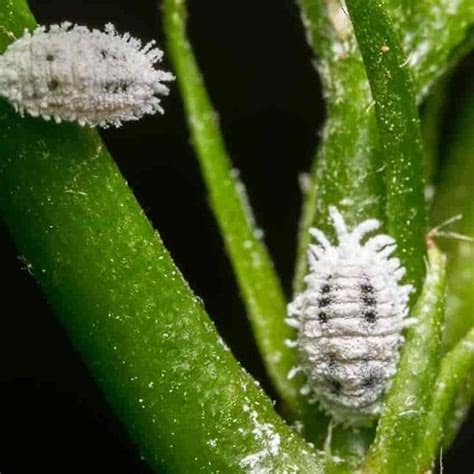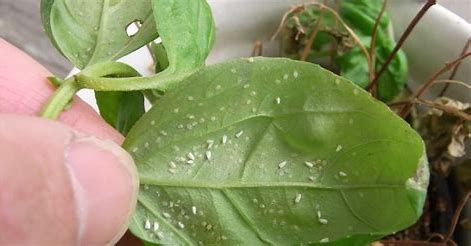
How to prevent pest attack in the garden? This article will provide you with tips on how to prevent pest attacks in the garden without negatively affecting your environment. We will examine various techniques such as protective covers, introducing beneficial insects and planting companion crops that can keep pests away naturally.
By following these steps, you can minimize the damage caused to your plant life due to unwanted pests while ensuring a safe habitat for helpful bug species.
Key Takeaways
- Grow resistant varieties: Choose varieties of crops that are known to be resistant to common pests to reduce pest problems in your garden. Combine this strategy with other prevention methods such as crop rotation and soil maintenance.
- Confuse pests: Use interplanting technique where different types of vegetables, herbs, and flowers are planted together to confuse potential pests. This will create a balanced ecosystem with food sources for beneficial insects, increasing soil fertility and reducing water loss due to evaporation.
- Plant outside of peak times: Planting vegetables before the peak activity of their pests can help reduce the amount of damage inflicted on them. Take advantage of natural pest cycles by planting outside of peak times.
- Use physical barriers: Use protective covers to keep pests away from plants. Some examples include row covers, screens, and barriers made from netting or wire mesh.
- Introduce beneficial insects: Introducing beneficial insects, such as ladybugs, lacewings, and parasitic wasps, can help control pest populations. Plant companion crops that can attract these beneficial insects to your garden.
How To Prevent Pest Attack in The Garden?

Garden pests can be a major headache for any gardener. From aphids to slugs, these tiny invaders can quickly wreak havoc on your plants and crops. Fortunately, there are some simple strategies you can use to help prevent garden pests from taking over your garden.
Keeping a clean garden by removing debris and rotating crops can help prevent pests. Additionally, using natural predators or companion plants near vulnerable crops can be effective in deterring or keeping pests populations under control.
1. Grow Resistant Varieties
Planting varieties of crops that are known to be resistant to common pests is a good way for gardeners to avoid and reduce pest problems in their gardens. Researching seed catalogs for the suitable varieties will ensure greater pest resistance capability. Examples include carrot-fly-resistant carrots and eelworm-resistant potatoes.
Choosing resistant varieties of plants is helpful in reducing pest infestations, but no variety is completely immune. To get the best results, you should combine this strategy with other prevention methods such as crop rotation and soil maintenance, and stay informed on new research to stay ahead of any emerging pests.
2. Confuse Pests
Interplanting is a gardening technique where different types of vegetables, herbs, and flowers are planted together to confuse potential pests. Growing vegetables with colored leaves can also add extra confusion to the scheme.
Interplanting is a popular gardening technique that can benefit both the environment and the plants. It creates a balanced ecosystem with food sources for beneficial insects, increases soil fertility and reduces water loss due to evaporation, making it a great way to protect your garden from pests, while also creating an all-around healthier garden space.
3. Plant Outside of Peak Times
Planting vegetables before the peak activity of their pests can help reduce the amount of damage inflicted on them. For example, planting brassicas in the fall when fewer flea beetles are around and early peas before pea moths arrive can help protect them.
Gardeners can take advantage of natural pest cycles by planting outside of peak times, thus avoiding costly damage to their crops. Doing research on each pest’s lifecycle and timing properly is crucial in order to ensure plants have the best chance to survive and thrive in the garden.
4. Grow Out of the Way
Raising vegetables off the ground and starting seedlings in pots can help protect crops from pests like flying insects and slugs. This will also increase the plants’ strength so they are better able to withstand minor attacks when transplanted.
To grow carrots and cabbage family crops, raised beds or planters should be used to keep the vegetables at least 18 inches above ground level. Organic matter like compost or manure should also be added for essential nutrients and improved moisture retention. These steps will help ensure that your plants are safe from pests and able to thrive.
5. Attract Beneficial Bugs
Beneficial bugs are a great way to naturally control pests in your garden. Ladybugs, hoverflies, parasitic wasps, and lacewings are just some of the beneficial bugs that can help keep your garden healthy and thriving. These bugs feed on or lay their eggs inside other insects, such as aphids and caterpillars, which can be damaging to plants.
To attract beneficial bugs to a garden, flowers like cosmos, sweet alyssum, dill and yarrow should be planted among or next to vegetables. This provides a food source for the bugs and adds color to the garden.